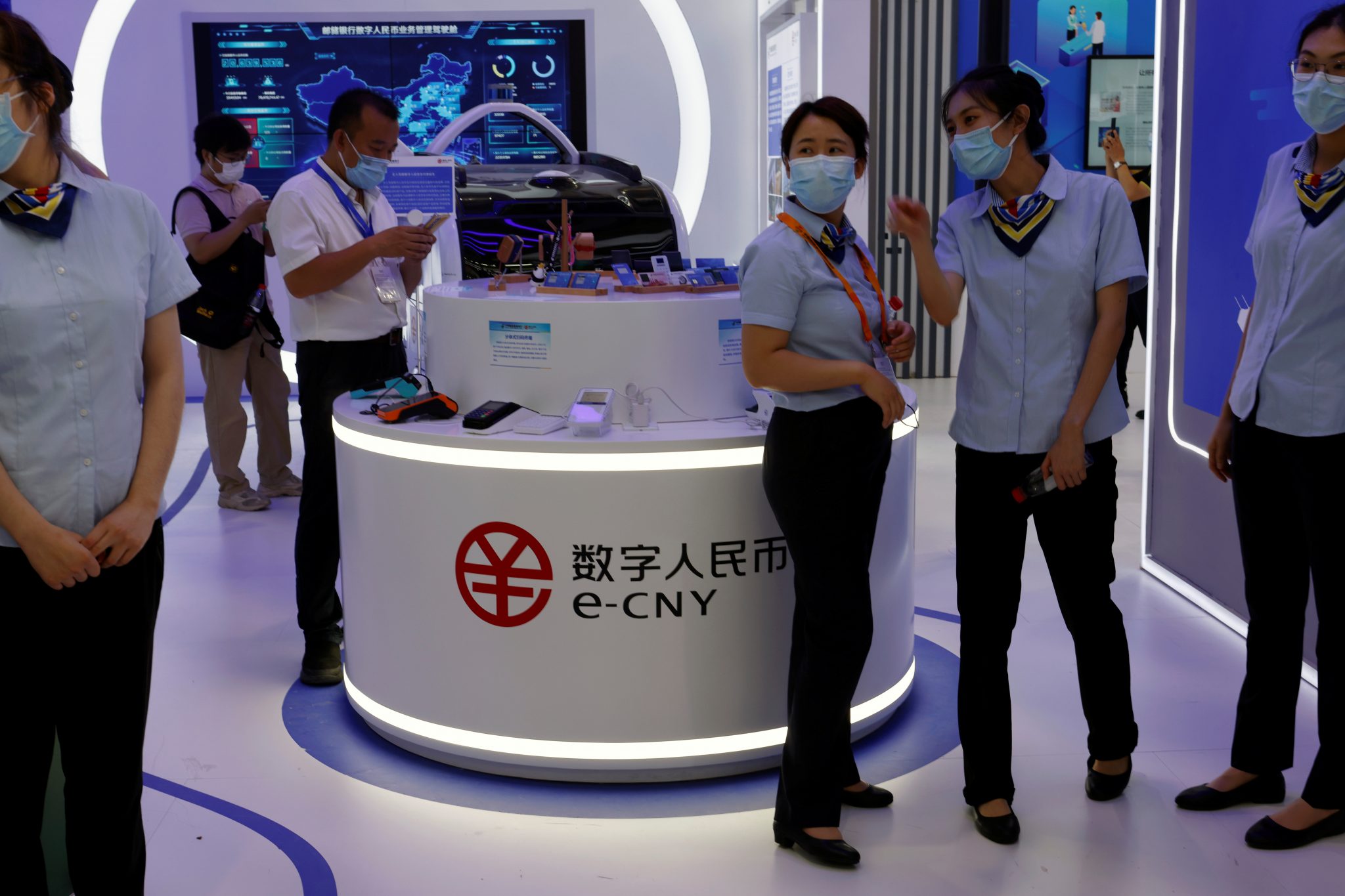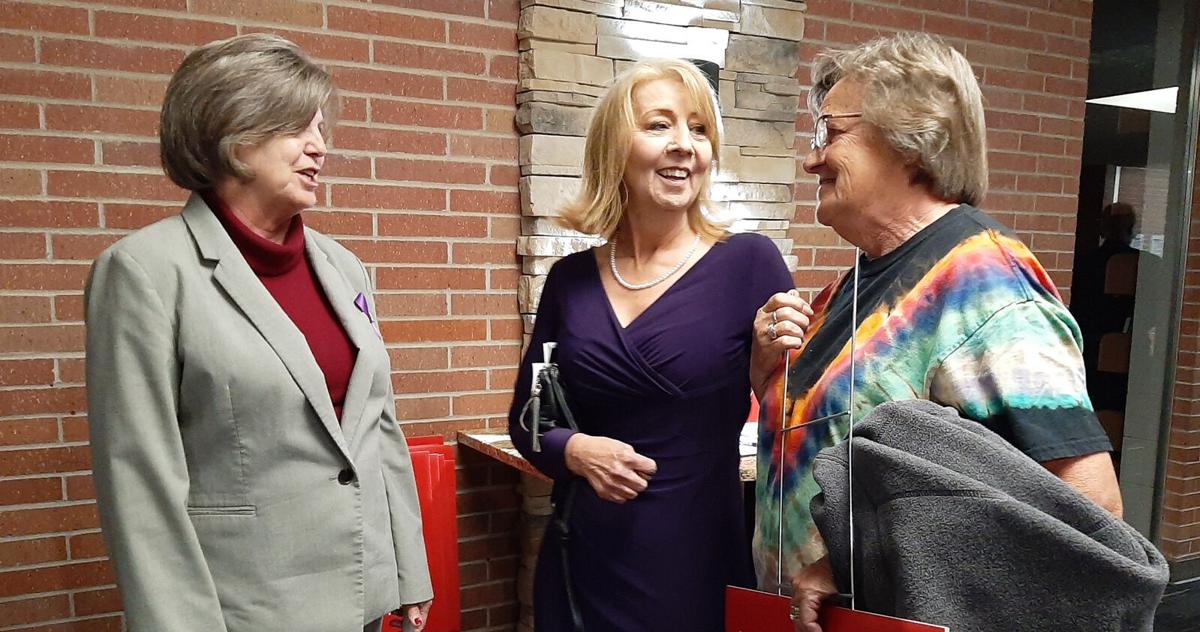Integrating online and offline settlement into regional trade agreements

Author: Pindar Wong, VeriFi Ltd
East Asian manufacturers now have the opportunity to trade under three major trade frameworks: the Regional Comprehensive Economic Partnership (RCEP), the Comprehensive and Progressive Agreement for Trans-Pacific Partnership (CPTPP) and the Indo-Pacific economy. Will they continue to use the US dollar as the de facto unit of account for financial settlements, or will they choose cryptocurrencies like Bitcoin or central bank digital currencies (CBDCs) like the Chinese e-CNY?
If life follows art, it’s not hard to imagine a splintered world and a political economy akin to George Orwell’s 1984 dystopia – a world divided into three global networks belonging to the states of Oceania, Eurasia and East Asia. In reality, these could be divided by the major CBDCs – a digital dollar, a digital euro, and a digital yuan – with Bitcoin’s digital “gold” possibly serving as currency for the “disputed territories”. The Japanese art of joining broken bowls with gold, kintsugicomes to mind.
In the early 2000s, online and offline trade settlements were conducted using the US dollar, the world’s reserve currency, with online commerce dependent on traditional financial settlement networks. Today, however, there are different ways to settle online trade using internet-native units of account. Since the invention of cryptocurrencies, trade can be settled entirely on the net – entirely on the Internet – and not through highly regulated off-grid financial networks.
There are now over 19,000 cryptocurrencies. So far, these volatile and speculative units of account can be traded on over 500 digital exchanges. These exchanges allow conversion to other digital assets, such as non-fungible tokens – financial assets made up of digital data stored in a blockchain – and stablecoins, less volatile units of account with prices tied to a commodity or currency. fiat currency.
The internet’s culture of borderless innovation has fostered the development of unregulated digital assets. This prompted the Biden administration in the United States to issue an executive order promoting their responsible development and the European Union to develop Markets in Crypto-Assets regulations. And the US$83 billion collapse of stablecoin TerraUSD is a stark reminder that rapid financial innovation can have unintended consequences.
Nevertheless, on-net financial innovations continue. The opportunity to invent new online economies and their units of account is too great to ignore. Indeed, the venture capitalists who created today’s internet seem unfazed by the collapse of TerraUSD and continue to raise decentralized finance crypto funds. In May 2022, for example, Andreessen Horowitz raised $4.5 billion for Crypto Fund 4, bringing his total raised to invest in cryptocurrencies to $7.6 billion.
Innovation and cross-border experiments also occur among off-grid financial networks. Central banks have led the charge, responding to private innovation by introducing their own CBDCs – digital representations of existing central bank liabilities. CBDCs currently take two forms: wholesale engagements between a central bank and commercial financial institutions, and retail engagements between a central bank and its citizens.
In May 2022, 90% of central banks were exploring CBDCs. There are no less than 87 ongoing CBDC experiments led by central banks, with a digital euro expected in 2026, the United States considering the implications of a digital dollar, and India announcing its intention to go from the front with a digital rupee. Nine countries have launched digital currencies while 14 others, including China and South Korea, are making rapid progress with their pilot programs.
Although CBDCs are primarily envisioned for domestic use, experiments are underway to make cross-border payments through multi-CBDC agreements. An example is the mBridge digital currency portal, a collaboration of the BIS Innovation Hub Hong Kong Center with the central banks of Hong Kong, Thailand, China and the United Arab Emirates.
The current network infrastructure discourse is dominated by whether CBDCs and their cross-border equivalents will dominate commerce in regional trade frameworks, or whether cryptocurrencies and CBDC-crypto hybrid approaches will emerge as the frontrunner of the market. online business. But the politicization and polarization of this issue could force global networks, like the Society for Worldwide Interbank Financial Telecommunications (SWIFT) or the Internet, to split into incompatible networks, or splinternets.
The conflict between Ukraine and Russia raises important questions regarding the political neutrality of online and off-net infrastructure for the settlement of global trade. SWIFT’s banning of Russian banks and the use of cryptocurrencies to fund aid or reverse financial sanctions has fueled debate about crypto’s potential to challenge monetary sovereignty and the risks associated with substitution currencies. To circumvent this risk, the Central Bank of Russia has already implemented the system of transfer of financial messages. Similarly, the People’s Bank of China has built its own cross-border interbank payment system.
The politicization of global trade is increasingly likely to force East Asian businesses to choose between online units of account that risk state-led internet shutdowns, or off-grid options. which could result in financial penalties.
But there is an opportunity for regional agreements like RCEP to put in place politically neutral trade settlement mechanisms that avoid the use of any CBDC. Instead, given the progress of current on-network innovation, he could design a politically neutral unit of account that could be used for both on-network and off-network settlements. By integrating online and off-network financial settlement networks, there are ways to avoid the creation of splinternets and build a global and inclusive future for digital finance.
Pindar Wong is the chairman of VeriFi Ltd, an internet financial infrastructure consultancy and leads the Belt and Road Blockchain Consortium.
This article appeared in the latest edition of East Asia Quarterly Forum‘Asia’s digital future‘, Volume 14, No. 2.






